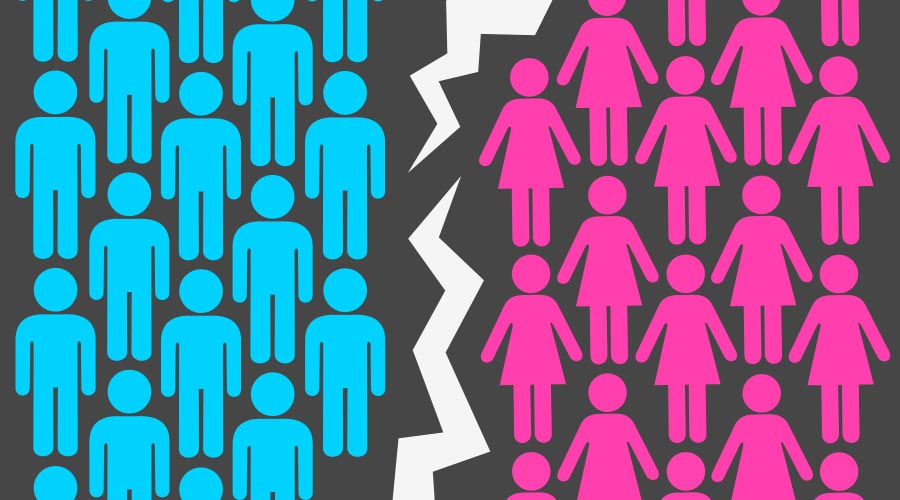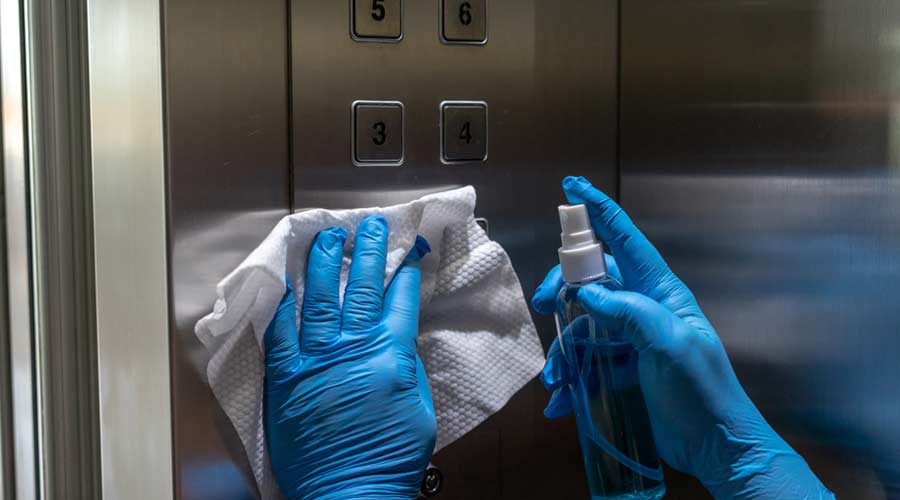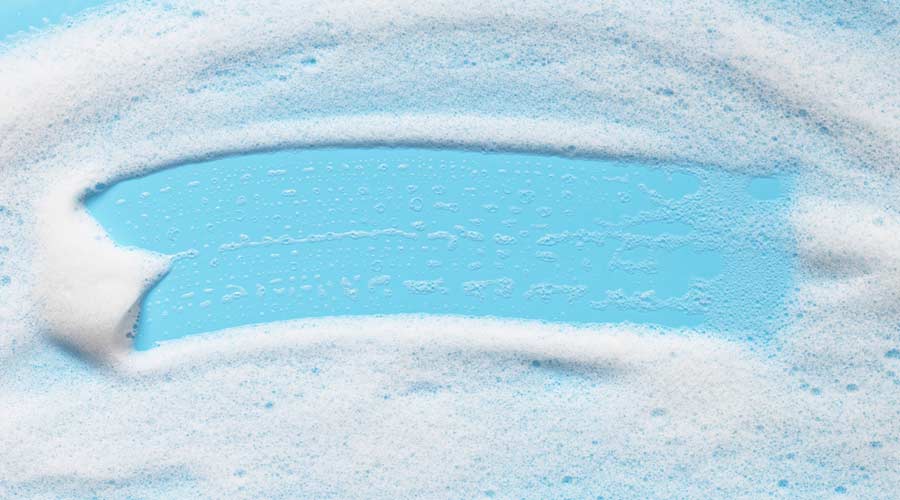
New findings from Bradley Company's annual Healthy Handwashing Survey reveal notable differences between men and women when it comes to handwashing behaviors and public restroom preferences.
The 2025 survey of more than 1,000 American adults found that, while both genders universally believe handwashing is essential to overall health, women are more diligent when it comes to actual handwashing practices, particularly when they are in public spaces.
According to the findings, 85 percent of women report always washing their hands after using a public restroom, compared to just 77 percent of men. Additionally, women are more likely to wash their hands after being in contact with individuals who are sick. Specifically, 43 percent of women cleanse their hands after exposure compared to only 34 percent of men.
Overall, women wash their hands an average of eight times per day, while men do so seven times per day. Women aren’t perfect because 38 percent admit to sometimes simply rinsing with water and skipping the soap. However, that’s significantly lower than the 53 percent of men who say they do the same.
"Handwashing with soap is one of the simplest and most effective ways to protect ourselves and others from illness," says Jon Dommisse, Bradley’s vice president of business development and strategy. "While 93 percent of all Americans believe handwashing is important, our 16 years of research shows that women consistently outperform men when it comes to this essential habit, especially in public settings."
Beyond handwashing habits, the survey also revealed gender differences in public restroom experiences. Women show a greater desire for enhanced privacy, cleaner facilities and amenities like shelves or hooks for personal belongings. In fact, nearly three-fourths of adults believe that public restroom stalls do not provide enough privacy, with women showing a stronger preference for eliminating gaps around stall doors and walls – 60 percent of women compared with 44 percent of men.
Women are more likely than men to notice unclean restroom conditions, such as unflushed toilets, unpleasant odors and an overall unkempt appearance. Additionally, 56 percent of women — compared to 50 percent of men — say that clean, well-maintained restrooms at businesses make them more likely to return.
Germ avoidance behaviors also vary between genders. Women are considerably more likely to take extra precautions to minimize contact with germs — such as using paper towels to avoid touching handles and fixtures, operating the flusher with their foot and hovering above toilet seats.
Bradley encourages everyone to reassess their handwashing follow through with this three-step process:
-Wash with soap and water vigorously for 20 seconds
-Be sure to scrub the backs of hands, between fingers and under fingernails
-Dry hands completely using a clean towel or air dryer
"This is a timely reminder of the impact small actions can have on public health," Dommisse adds. "Simple habits like handwashing with soap and improving the cleanliness of restroom environments can make a positive difference."
The Healthy Handwashing Survey has been conducted annually by Bradley for 16 years to monitor American hand hygiene practices and attitudes.

 The Down and Dirty on Cleaning in Virus Season
The Down and Dirty on Cleaning in Virus Season How Surfactant Use is Expanding in Commercial Cleaning
How Surfactant Use is Expanding in Commercial Cleaning